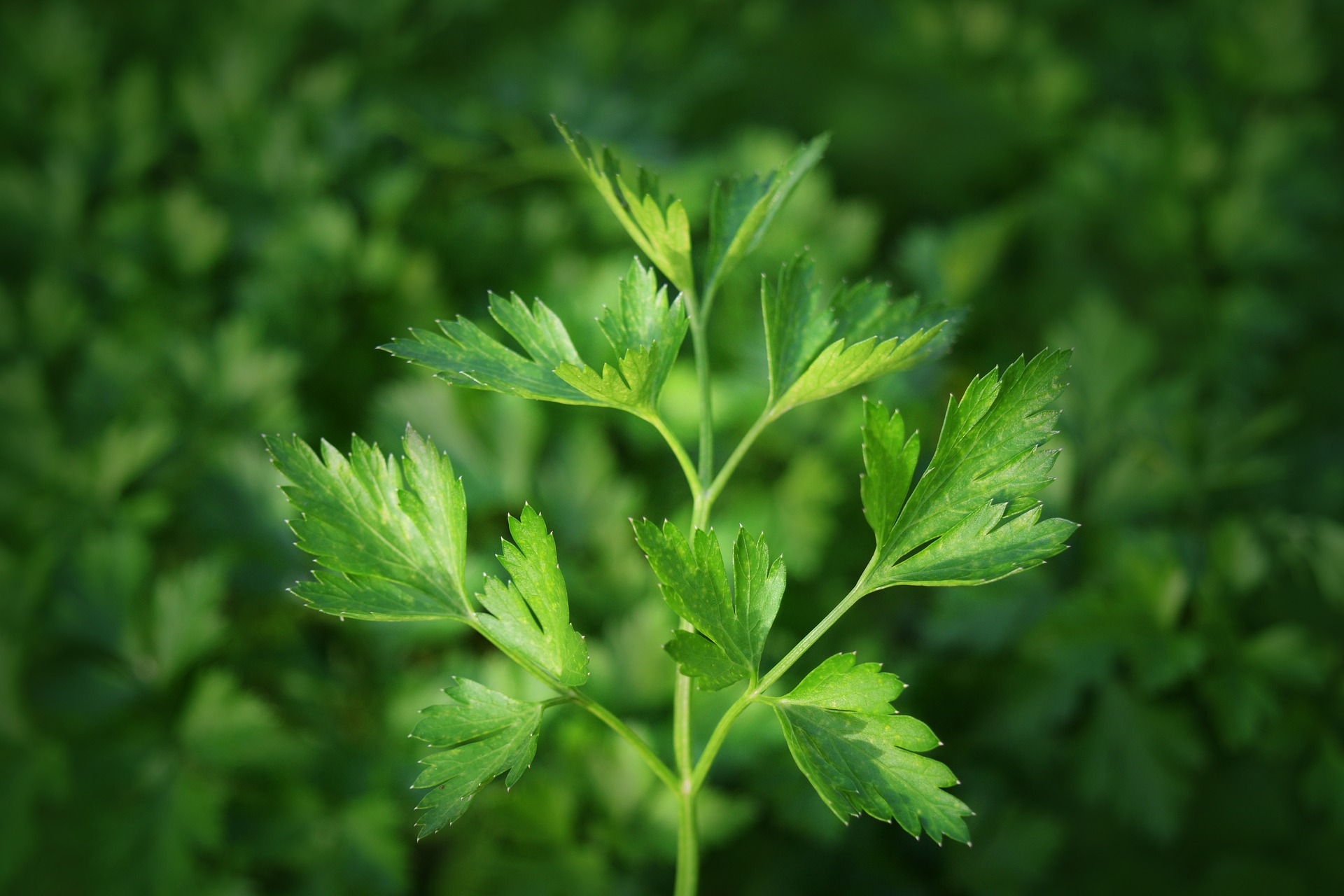
Managing electrical conductivity (or EC) levels is one of the fundamental skills required for running an efficient hydroponic setup. So what is EC level? Basically, any time you add fertilizer to your reservoir, you are adding nutrient salts. It’s not the same as the salt you put on popcorn. But these salts dissolve into the water, and when you measure EC, you are measuring the levels of those salts present in the water flowing through your hydroponic system.
Why does it matter how salty your water is? Here’s what you need to know.
Why EC level makes a difference
Reading the electrical conductivity level in your water can tell you a lot about how well your plants are doing and what adjustments you may need to make in order to keep them healthy. High EC levels can indicate that your plants are nutrient blocked. That means that the salts from the fertilizer have built up in your growing media and aren’t allowing additional nutrients to flow through to the root system.
When that happens, your plants start to show signs of insufficient nutrients, even though you may keep adding more fertilizer to the reservoir. However, if you don’t check EC level, then you may not realize your plants are experiencing nutrient lockout. And you’ll keep adding fertilizer without getting any benefit to your plants. Checking EC levels allows you to figure out what the right step is for getting the right amount of nutrients into the root system.
How to check and adjust electrical conductivity
You can actually check EC levels quite easily with an EC meter. The higher the EC level, the more salt ions that are present in your system. And the more salt ions there are, the more conductive your water is. Pure water has an EC level of about zero, but most water (unless it’s distilled) has a few mineral ions in it.
TDS (total dissolved solids) meters are also used. They are a different type of measurement but provide a similar kind of information about how many nutrients are being absorbed by your plants. You can use either meter; they will just provide different numbers.
The higher the reading on your EC or TDS meter, the more nutrients that are available for your plants. But it’s easy to over-fertilize your indoor garden and end up with nutrient burn, so the best EC levels are in the moderate range during the growing period, about 1.2 to 1.6, and no higher than 1.8 during flowering.
Unfortunately, if the plants aren’t doing well and your nutrient levels are reading high, then it can be difficult to know whether you are experiencing nutrient burn or nutrient lockout. The best thing to do is flush your system and watch how your plants react, slowly adding hydroponic solution back into the system and monitoring the results.
Running a balanced hydroponic system takes practice. Keep following the Indoor Cultivator blog for more info about managing growth.
